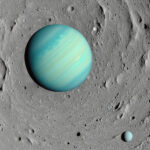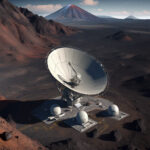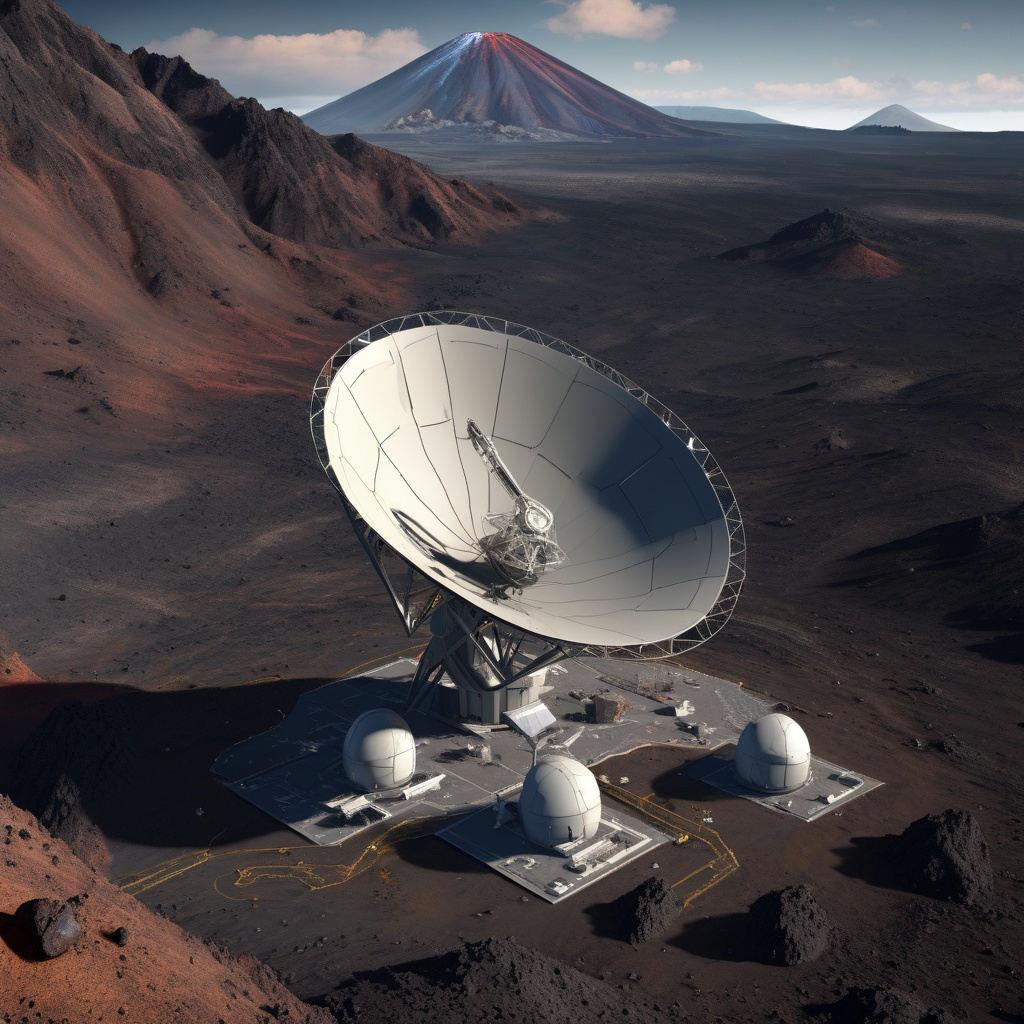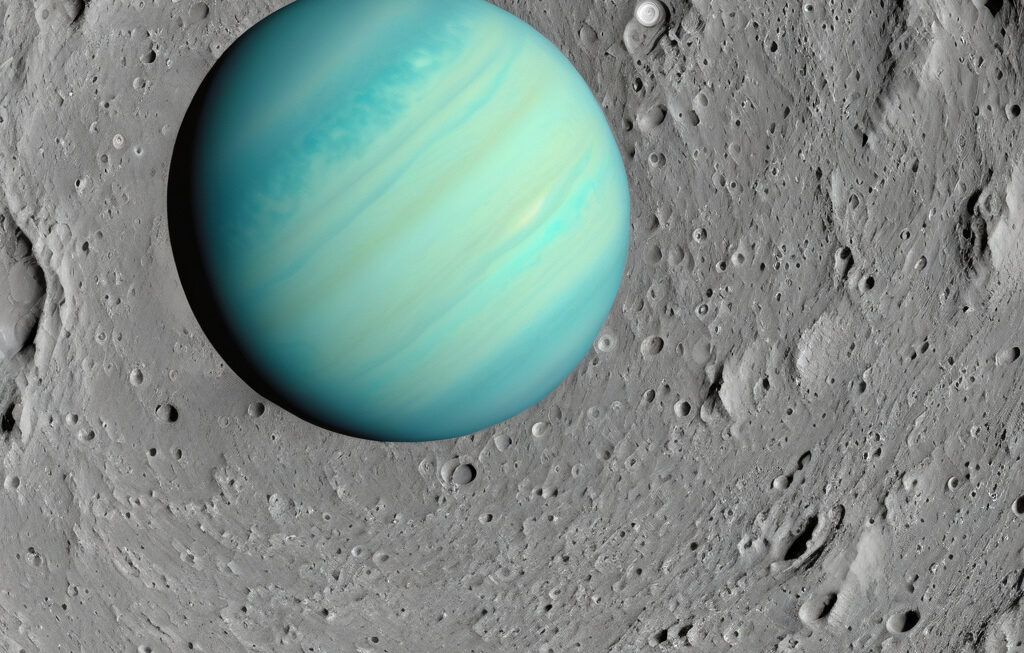Small NASA Radar System Tracks Millimeter Terrain and Volcanic Changes Without GPS
A collaboration between NASA and small aerospace company Aloft Sensing has produced a compact radar system that is revolutionizing the way terrain and volcanic changes are tracked. This innovative technology, known as the Small Radar Technology (SRT), has the remarkable ability to monitor millimeter-level changes in the Earth’s surface without relying on GPS.
The SRT system utilizes advanced radar technology to detect minuscule movements in the ground with unparalleled precision. By sending out radar pulses towards the Earth’s surface and measuring the reflections that bounce back, the system can create highly detailed maps of terrain topography. This capability is especially crucial for monitoring areas prone to volcanic activity, where even the slightest shifts in the landscape can provide vital insights into potential eruptions.
One of the key advantages of the SRT system is its compact size. Traditional radar systems used for similar purposes are often large and cumbersome, making them difficult to deploy in remote or rugged environments. In contrast, the SRT system is small and lightweight, allowing it to be easily transported and set up in challenging terrains. This portability makes it an invaluable tool for scientists and researchers conducting fieldwork in areas with limited accessibility.
Moreover, the SRT system’s ability to operate without GPS is a game-changer in the field of geospatial monitoring. GPS signals can be unreliable or unavailable in certain locations, such as dense forests or urban canyons, limiting the effectiveness of traditional monitoring systems. The SRT system overcomes this limitation by using radar technology that is independent of GPS, ensuring continuous monitoring capabilities regardless of the environmental conditions.
In a recent demonstration of the SRT system’s capabilities, NASA and Aloft Sensing collaborated on a project to track terrain changes near an active volcano. By installing the radar system in the vicinity of the volcano, researchers were able to monitor subtle ground deformations that indicated increased volcanic activity. This real-time data proved invaluable in helping local authorities make informed decisions about evacuation and risk mitigation measures.
Beyond volcanic monitoring, the SRT system has a wide range of applications in various fields, including geology, environmental monitoring, and infrastructure development. Its ability to provide detailed and accurate data on terrain dynamics makes it an essential tool for understanding natural processes and mitigating potential hazards.
As technology continues to advance, innovations like the SRT system are paving the way for more sophisticated and reliable monitoring solutions. By harnessing the power of radar technology in a compact and GPS-independent system, NASA and Aloft Sensing are leading the charge in revolutionizing how we track and understand changes in our environment.
In conclusion, the Small Radar Technology system developed by NASA and Aloft Sensing represents a significant leap forward in geospatial monitoring capabilities. Its compact size, high precision, and GPS-independent operation make it a versatile tool for tracking millimeter-level terrain and volcanic changes with unprecedented accuracy. As we look towards the future, technologies like the SRT system will play a crucial role in advancing our understanding of the Earth’s dynamic processes.
NASA, radar technology, terrain monitoring, volcanic activity, geospatial tracking.












